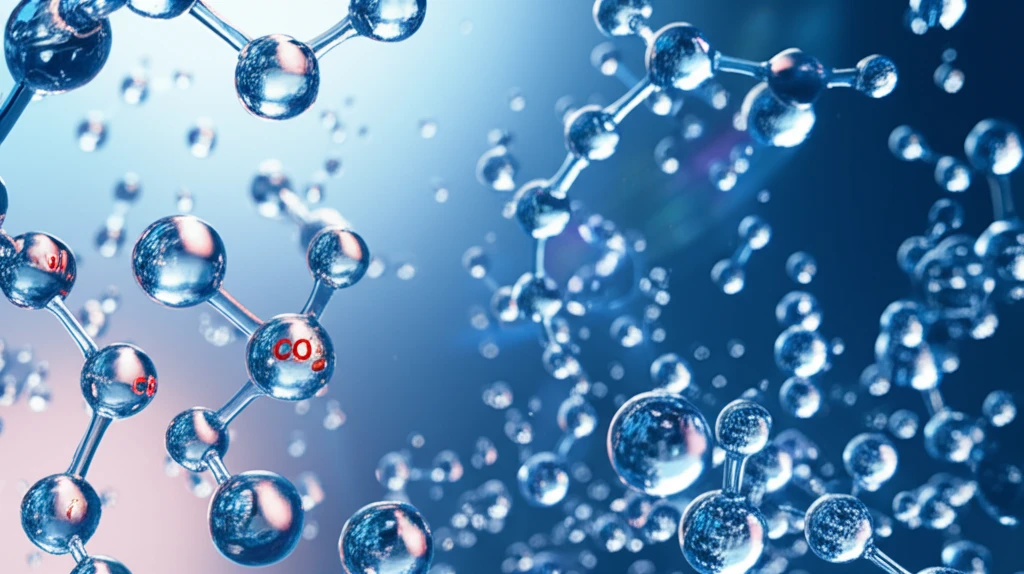
Unlocking Water's Secrets: How This New Model Could Revolutionize Wastewater Treatment
"Dive into the groundbreaking research that's changing how we understand and manage water quality, potentially leading to more sustainable and efficient treatment solutions."
Water, the elixir of life, is increasingly under threat. From burgeoning populations to industrial expansion, our demand for clean water is skyrocketing, while pollution simultaneously compromises its availability. Wastewater treatment, therefore, stands as a critical line of defense, safeguarding both human health and ecological integrity.
Traditional methods of wastewater treatment often grapple with intricate chemical interactions, particularly concerning carbon dioxide (CO2), calcium carbonate (CaCO3), and ammonia (NHx). These components, ubiquitous in industrial and natural settings, significantly impact the efficiency and effectiveness of treatment processes. Understanding their equilibrium is paramount to optimizing water quality.
Now, imagine a model that unravels these complex interactions, offering a comprehensive understanding of water chemistry. That's precisely what researchers at the University of Tartu have achieved. Their innovative proton transfer model is poised to revolutionize how we approach wastewater treatment, offering a pathway to more sustainable and efficient solutions.
The Proton Transfer Model: A New Lens on Water Chemistry

At the heart of this breakthrough lies a novel approach to understanding the equilibrium system involving water (H2O), carbon dioxide (CO2), calcium carbonate (CaCO3), and ammonia (NHx). This model, based on proton transfer principles, offers unprecedented insights into the intricate relationships between these key components.
- Comprehensive Equilibrium Analysis: By integrating carbonaceous and ammoniacal species, the model provides a holistic view of wastewater chemistry.
- Proton-Centric Approach: Focusing on proton transfer enables a deeper understanding of the acid-base reactions driving the system.
- Predictive Power: The model accurately predicts pH levels and the concentrations of key ions and molecules.
- Experimental Validation: Rigorous testing confirms the model's reliability and accuracy.
A Sustainable Future, One Proton at a Time
The proton transfer model represents a significant leap forward in our understanding of water chemistry and wastewater treatment. By providing a more accurate and comprehensive framework for analyzing complex interactions, this model empowers environmental technologists to develop more sustainable and efficient treatment strategies. As we grapple with increasing water scarcity and pollution, such innovations offer a beacon of hope, guiding us toward a future where clean water is accessible to all.
